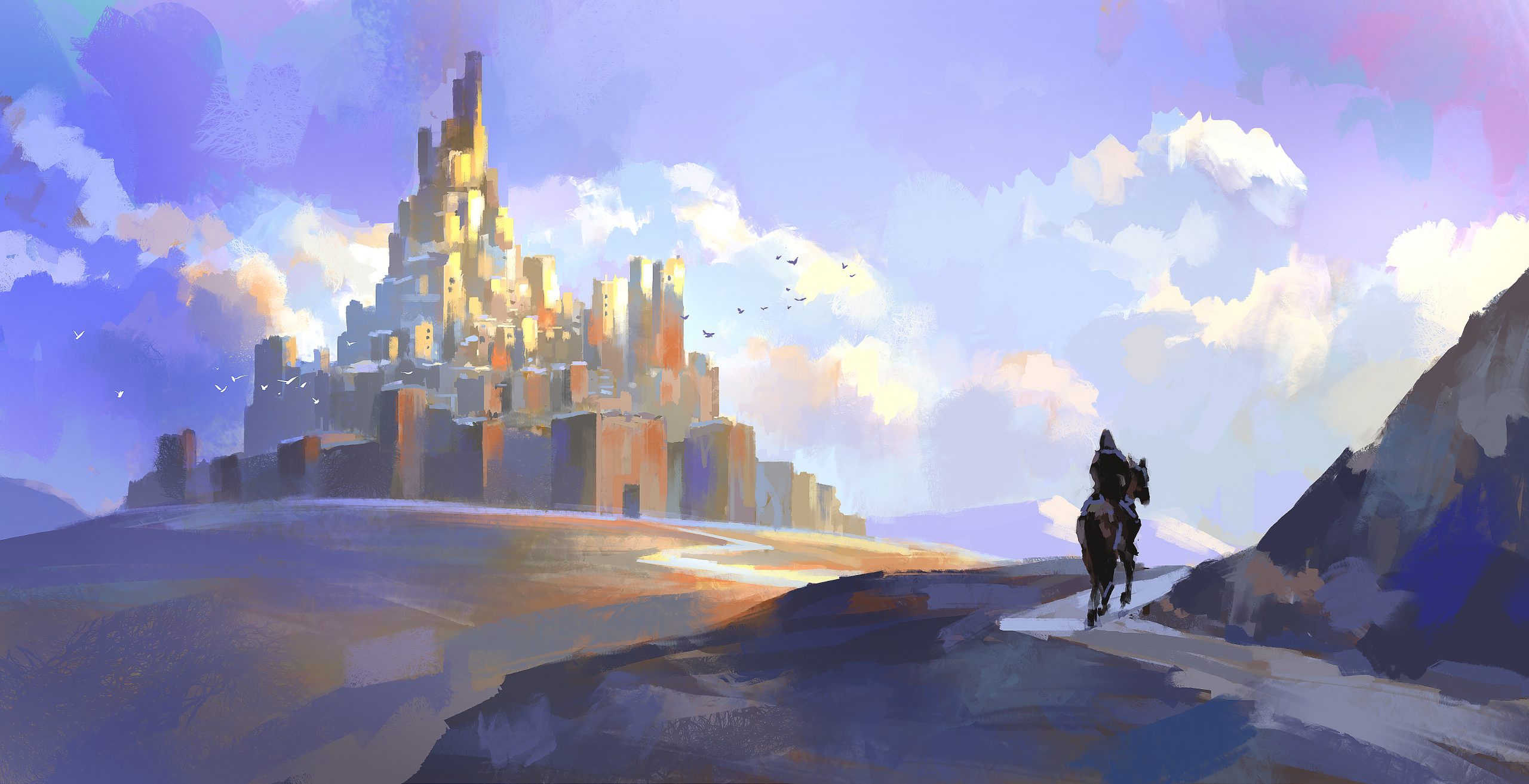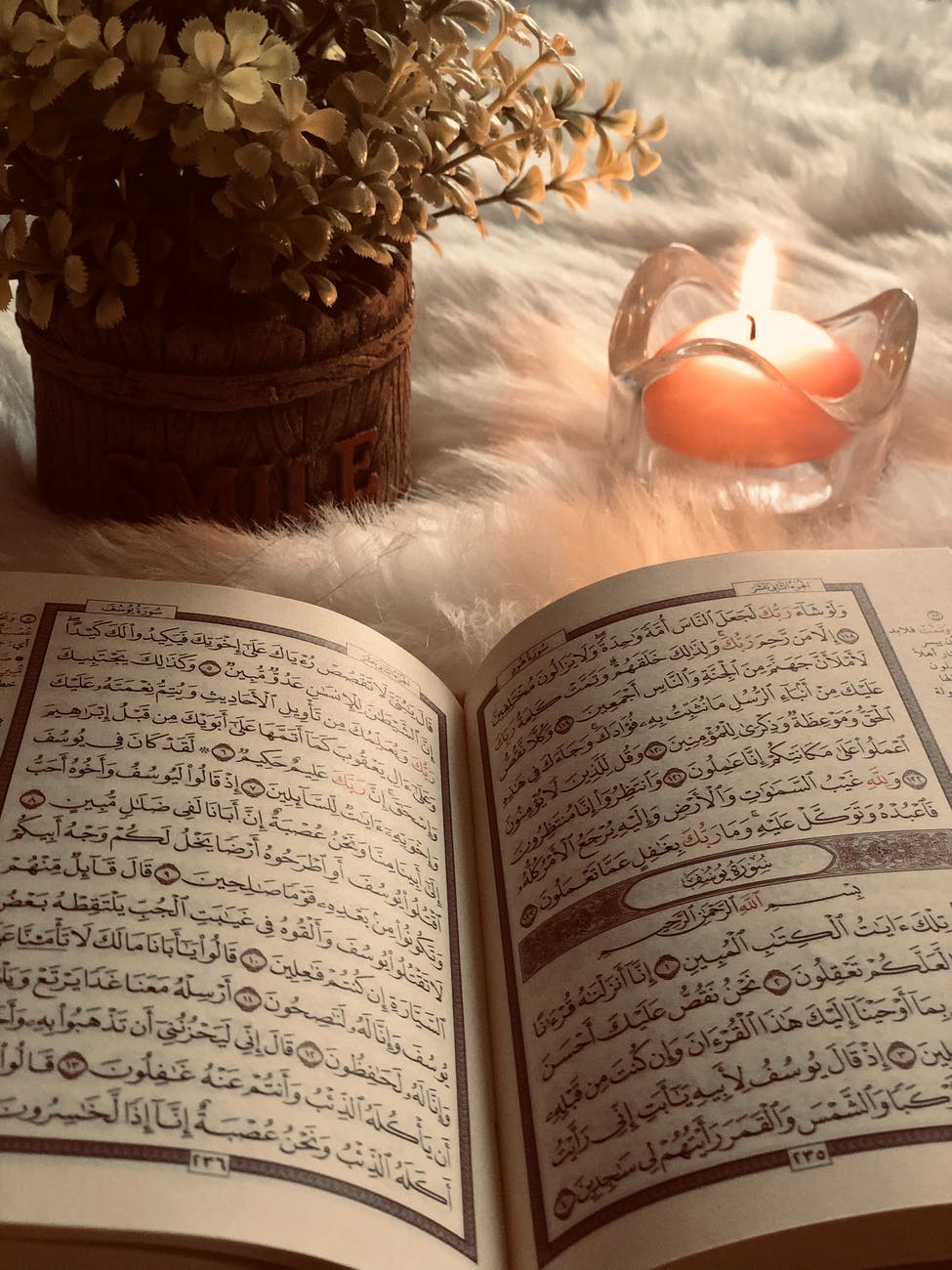Bengali, Muslim and Australian; Three Identities in One
- Rafa Rahman
- April 26, 2022
- Lifestyle

“If there is a paradise on earth, It is this, it is this, it is this.”
Amir Khusrow, Kashmir — Delhi Sultanate, 13th century AD
Islam was inherited as part of my cultural upbringing. A question I often asked myself was if Islam had a conflicting relationship with the larger Indian Subcontinental culture?
Today we assume religion and culture are, for the most part, distinct. However, culture was classically understood by Islamic scholars to be the following four aspects:
- Practices of the indigenous people of the region
- Objects — e.g. the style of clothing, food
- Communication — how people interact
- Beliefs — understanding of good & bad, origin and purpose
Beliefs were an integral part of one’s cultural identity and thus, religion and culture were understood to be the same thing. In classical Arabic, the word دين (deen), loosely translating to ‘way of life’, was used not only to describe a community’s religious traditions but also their cultural ones, encapsulating the classical understanding of culture.
Today we have a very oriental relationship with our cultural heritage. The biryani we eat or the topi we wear are exotic symbols of a rich culture we feign allegiance to. The ideological separation between religion and culture was a consequence of the 17th century European Age of Enlightenment. Through the rise of secularism, religion was divorced from one’s life affairs. Colonialism brought these newfound ideas to the Orient, remoulding the indigenous psyche. Through the imposition of a Western model of nation states, culture was tied to a rigid geographical dominion and became underpinned by nationalistic sentiments as opposed to theological beliefs.
As a direct consequence of this, we ask the flawed question today; ‘Does religion conflict with culture?’.
Bangladeshi culture is largely shaped by the 1971 Independence from Pakistan. National celebrations such as Victory Day and Independence Day commemorate key milestones in the Bangladesh Liberation War. Mujibur Rahman, a pioneering figure in Bangladeshi history, championed socialism, a secular constitution and a nationalistic sociopolitical identity. The fruits of his vision are reflected in today’s Bangladeshi culture where nationalistic symbols are rife and efforts for an Islamic revival are stifled by the wounds of the nation’s uneasy past with Pakistan.
The Persian language had been an official court language throughout the numerous dynasties of the Delhi Sultanate and the Mughal Empire. It was not uncommon to find the Hindu or Muslim upper class proficient in Persian during this era. The Hindustani language, from which Urdu and Hindi are descended from, incorporated many Persian and Arabic loanwords as did Bengali and other South Asian languages. Here are just some of the Persian loanwords that have been adopted by South Asian languages; Sal (year), khargosh (rabbit), piyaz (onion), zindagi (life), fereshta (angel), ishq (love), khuda (God), dost (friend), dil (heart), beheshte (heaven), rang (colour), jaan (life), kagoj (paper), garam (hot), darja (door), naram (soft), rasta (road), sabzi (vegetable), shahr (city), ayna (mirror), angur (grapes), namaz (prayer) and much more.
It is not surprising that today remnants of this synthesis remain in South Asian Islamic culture. Whether it be haldi (holud) which commemorates ‘Lord’ Shiva’s marriage to Sati or touching the feet of one’s elders which alludes to an ancient Vedic religious tradition, indigenous rituals have maintained a presence in the subcontinent’s practicing of Islam. The recent rise of nationalism has also meant celebrations deriving from Hinduism such as Vaisakhi (Pohela Baishakh — New Year) are commonplace amongst Muslim communities today. Muslims are often oblivious to the polytheisistic basis of many of our cultural practices which can jeopardise our Hereafter.
As Australian Muslims, we are part of a relatively new culture which consists of people from diverse ethnic backgrounds sharing a universal bond of faith. We can learn from each other’s languages, cuisines and way of dress and through our differences, build an identity predicated upon worshipping Allah together as one united Ummah.
يَا أَيُّهَا النَّاسُ إِنَّا خَلَقْنَاكُم مِّن ذَكَرٍ وَأُنثَىٰ وَجَعَلْنَاكُمْ شُعُوبًا وَقَبَائِلَ لِتَعَارَفُوا ۚ إِنَّ أَكْرَمَكُمْ عِندَ اللَّهِ أَتْقَاكُمْ ۚ إِنَّ اللَّهَ عَلِيمٌ خَبِيرٌ
“O mankind, indeed We have created you from male and female and made you peoples and tribes that you may know one another. Indeed, the most noble of you in the sight of Allah is the most righteous of you. Indeed, Allah is Knowing and Acquainted.” (Quran 49:13)
Disclaimer: The views, opinions and conclusions presented in these pieces are strictly those of the authors. MYA does not necessarily endorse the personal views of the authors.

Rafa Rahman
Rafa Rahman is a recent Actuarial Studies and Commerce graduate who currently works in state government. He has various interests including history, lifestyle and creative writing, and aims to bring relevant topics to the forefront of Muslim discourse
Similar Posts You May Also Like

Tips to Build a Relationship with the Quran

Ignite

Top 10 Greatest Muslim Sport Stars of All Time
Like what you’re reading?
Subscribe to Muslim In Print and be the first to know when we post.





